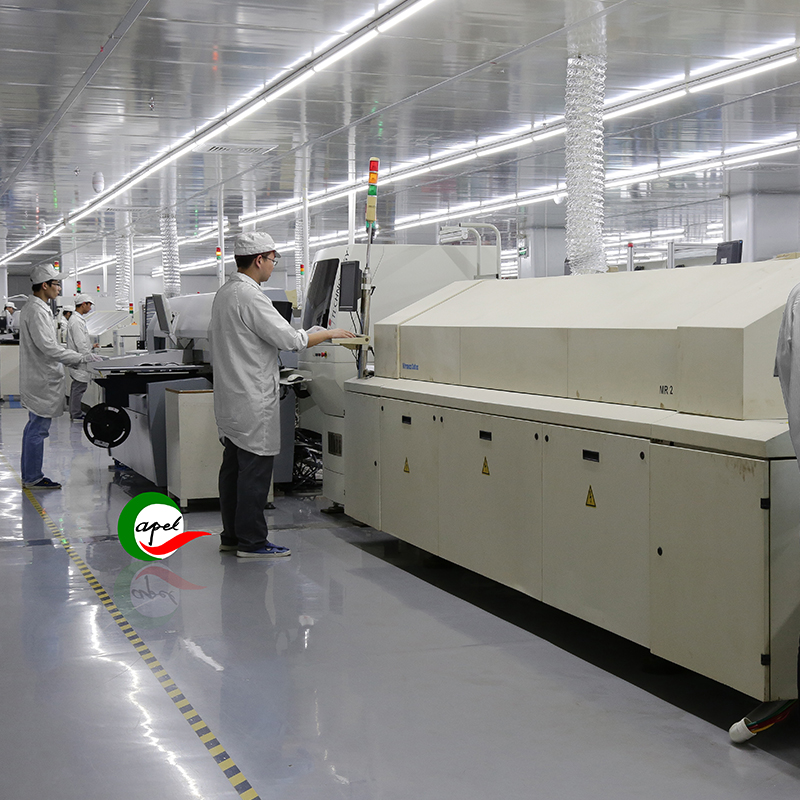In the ever-evolving world of electronics, PCB (Printed Circuit Board) prototyping with EMI/EMC (Electromagnetic Interference/Electromagnetic Compatibility) shielding is becoming increasingly important. These shields are designed to minimize electromagnetic radiation and noise emitted by electronic devices, ensuring their proper operation and compliance with regulatory standards.
However, many engineers and hobbyists struggle to achieve effective EMI/EMC shielding during the PCB prototyping stage. In this blog post, we will discuss the steps involved in successfully prototyping a PCB with EMI/EMC shielding, providing you with the necessary knowledge to overcome any challenges you may encounter.
1. Understand EMI/EMC shielding
First, it is crucial to grasp the basic concepts of EMI/EMC shielding. EMI refers to unwanted electromagnetic energy that may interfere with the normal operation of electronic equipment, while EMC refers to the ability of a device to operate within its electromagnetic environment without causing any interference.
EMI/EMC shielding involves strategies and materials that help prevent electromagnetic energy from traveling and causing interference. Shielding can be achieved by using conductive materials, such as metal foil or conductive paint, which form a barrier around the PCB assembly.
2. Choose the right shielding material
Choosing the right shielding material is critical for effective EMI/EMC protection. Commonly used shielding materials include copper, aluminum and steel. Copper is particularly popular due to its excellent electrical conductivity. However, other factors should be considered when selecting shielding materials, such as cost, weight and ease of fabrication.
3. Plan PCB layout
During the PCB prototyping stage, component placement and orientation must be carefully considered. Proper PCB layout planning can greatly reduce EMI/EMC problems. Grouping high-frequency components together and separating them from sensitive components helps prevent electromagnetic coupling.
4. Implement grounding techniques
Grounding techniques play a vital role in reducing EMI/EMC issues. Proper grounding ensures that all components within the PCB are connected to a common reference point, thereby reducing the risk of ground loops and noise interference. A solid ground plane must be created on the PCB and all critical components connected to it.
5. Use shielding technology
In addition to choosing the right materials, employing shielding techniques is critical to mitigating EMI/EMC issues. These techniques include using shielding between sensitive circuits, placing components in grounded enclosures, and utilizing shielded cans or lids to physically isolate sensitive components.
6. Optimize signal integrity
Maintaining signal integrity is critical to preventing electromagnetic interference. Implementing appropriate signal routing techniques, such as differential signaling and controlled impedance routing, can help minimize signal attenuation due to external electromagnetic influences.
7. Test and iterate
After the PCB prototype is assembled, its EMI/EMC performance must be tested. Various methods, such as emission testing and susceptibility testing, can help evaluate the effectiveness of the shielding technology employed. Based on the test results, necessary iterations can be made to improve shielding effectiveness.
8. Use EDA tools
Using electronic design automation (EDA) tools can significantly simplify the PCB prototyping process and aid in EMI/EMC shielding. EDA tools provide capabilities such as electromagnetic field simulation, signal integrity analysis, and component layout optimization, allowing engineers to identify potential issues and optimize their designs before manufacturing.
In Summary
Designing PCB prototypes with effective EMI/EMC shielding is critical to ensure proper operation and compliance with regulatory standards. By understanding the basic concepts of EMI/EMC shielding, selecting appropriate materials, implementing appropriate techniques, and utilizing EDA tools, engineers and hobbyists can successfully overcome the challenges of this critical phase of PCB development. So embrace these practices and embark on your PCB prototyping journey with confidence!
Post time: Oct-21-2023
Back







